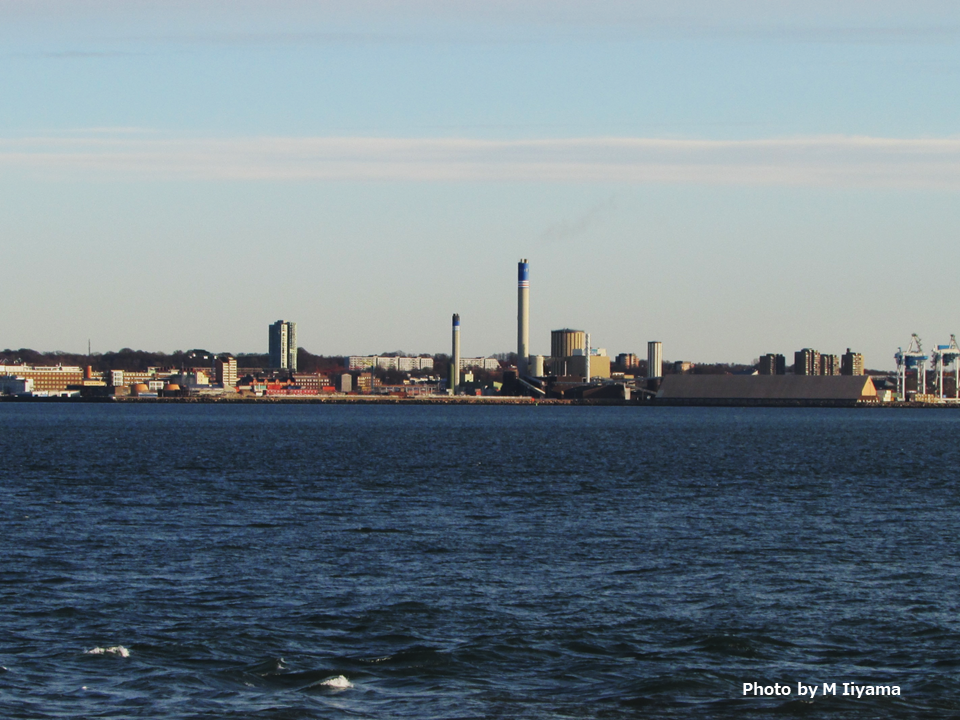Pick Up
742. AR6 Synthesis Report~Humanity's Survival Guide to Defuse the Climate Time-bomb~

742. AR6 Synthesis Report ~Humanity's Survival Guide to Defuse the Climate Time-bomb~
On March 20, the Intergovernmental Panel on Climate Change (IPCC) released the Synthesis Report of the Sixth Assessment Report (AR6), which addresses the current and projected status of climate change and outlines measures needed to curb global warming in accordance with the Paris Agreement. This report synthesizes the findings of the reports published in the IPCC Sixth Assessment Report Cycle - Working Group I (WG1) - Natural Science Basis, Working Group II (WG2) - Impacts, Adaptation, and Vulnerability and Working Group III (WG3) - Climate Change Mitigation. The report has had a major impact on international public opinion regarding national climate change policies and international negotiations, and has been described by UN Secretary-General Guterres as a survival guide for humanity to defuse the climate time-bomb.
Here are some key points from the Summary for Policymakers (SPM).
A. Current Status and Trends
There is no doubt that human activity is causing global warming through greenhouse gas emissions, with a 1.1°C increase in temperature from 2011-2020 relative to 1850-1900. Global greenhouse gas emissions continue to increase at unprecedented levels through unsustainable energy use, land use and land-use change, lifestyles, and patterns of consumption and production. Extensive and rapid changes are occurring in the atmosphere, oceans, cryosphere and biosphere. Anthropogenic-induced climate change is affecting weather and climate extremes in all regions of the globe, causing significant loss and damage to nature and humanity in the latter half of the century. Vulnerable communities most marginalized by the causes of climate change are suffering disproportionate impacts. While progress has been made in adapting to climate change, the adaptation gap is widening as climate change progresses, and some sectors and regions are experiencing adaptation failure, especially developing countries with inadequate financial support. Global GHG emissions in 2030 make it likely that warming will exceed 1.5°C and could even be difficult to limit warming to 2°C. There is a large gap between projected emissions from implemented policies and those from nationally determined contributions.
B. Future Climate Change, Risks, and Long-term Responses
Continued greenhouse gas emissions are projected to cause warming that could reach 1.5°C in the near future. The intensity and frequency of disasters will intensify with each increment of warming. Conversely, essential, rapid, and sustained reductions in greenhouse gas emissions can be expected to limit identifiable warming within 20 years and to bring about changes in atmospheric composition within a few years. Flexible, multi-sectoral, comprehensive, and long-term planning and implementation of adaptation measures is expected to avoid adaptation failure and provide co-benefits across sectors and systems. Limiting anthropogenic warming will depend on cumulative emissions until net zero carbon dioxide emissions are achieved, and on the level of GHG emission reductions over the last decade. The model's pathway for limiting warming to 1.5°C or 2°C with no or limited overshoot calls for immediate reductions in both carbon dioxide and non-carbon dioxide greenhouse gas emissions in all sectors over this decade. For example, a scenario to limit to 1.5°C without overshoot would require global methane emissions to be reduced by 34 [21-57]% by 2030 relative to 2019 levels, but some greenhouse gas emissions from agriculture, aviation, transportation, and industrial processes are residual greenhouse gas emissions that are difficult to fully eliminate. Net-zero emissions must be achieved through the application of carbon dioxide removal (CDR) and other measures.
C. Responses in the Near Future
Climate change is a threat to human well-being and the health of the planet, and the possibility of securing a sustainable future is rapidly shrinking. Accelerating essential, rapid, and sustained mitigation and adaptation measures during this decade could reduce loss and damage to humanity and the ecosystem, and achieve co-benefits in the form of improved air quality and health, among others. Delays in mitigation and adaptation measures can lock in high emission infrastructure, increase asset risk and costs, reduce feasibility, and increase losses and damages. Short-term measures may involve high initial investment and disruptive change, but a set of policies can lighten the burden. Intrinsic and sustained emission reductions and a sustainable future are only possible through a radical transition at the whole sector and system level, and such a system transition will involve the deployment of many mitigation and adaptation measures. Mitigation and adaptation measures have more synergies than trade-offs with the Sustainable Development Goals, but whether they are synergies or trade-offs also depends on the context and the scale of implementation. Prioritizing equity, social justice, etc. can promote climate-resilient development, which requires political commitment, etc. Finance, technology, and international cooperation are critical to accelerating climate action.
The following are excerpts from this section regarding agriculture, forestry, and fisheries.
Agriculture, forestry, and other land use (AFOLU) options provide adaptation and mitigation measures that could be deployed in many regions. Conservation, improved management, and restoration of forests and ecosystems represent the largest share of economic mitigation potential, especially reduction of deforestation in tropical regions. On the other hand, ecosystem conservation and afforestation create trade-offs due to land use conflicts, and minimizing such trade-offs requires addressing multiple objectives simultaneously, including food security. Demand-side measures (shifting to healthier diets and reducing food loss and waste) and sustainable agricultural intensification will contribute to ecosstem conservation and reduction of methane and nitrous oxide emissions, and will help secure land for forest and ecosystem restoration. Sustainably sourced agricultural and forest products can replace more emission-intensive products. Effective adaptation measures include improved cultivars, agroforestry, community-based adaptation, diversification at the farm and landscape level, and urban agriculture. Implementation of these AFOLU responses will require integration of biological, socioeconomic, and other drivers. While conservation of carbon-rich ecosystems (peatlands, wetlands, rangelands, mangroves and forests), etc., can have rapid effects, restoration of carbon-rich ecosystems may take decades to produce results.
Contributor: IIYAMA Miyuki (Information Program)
